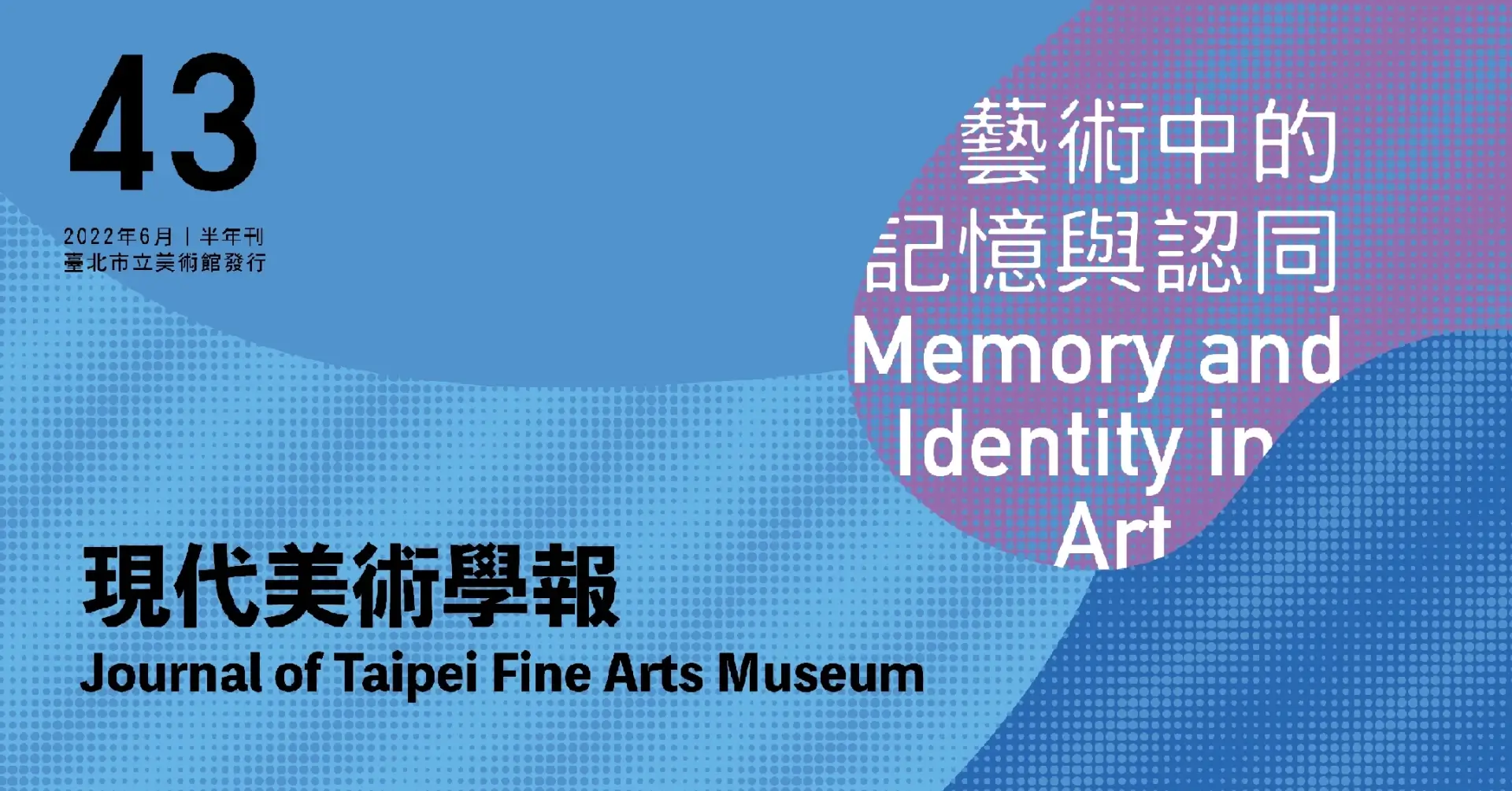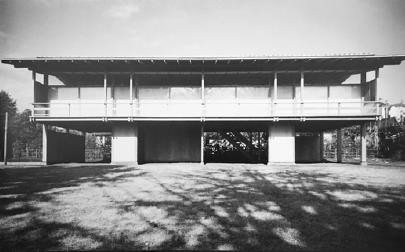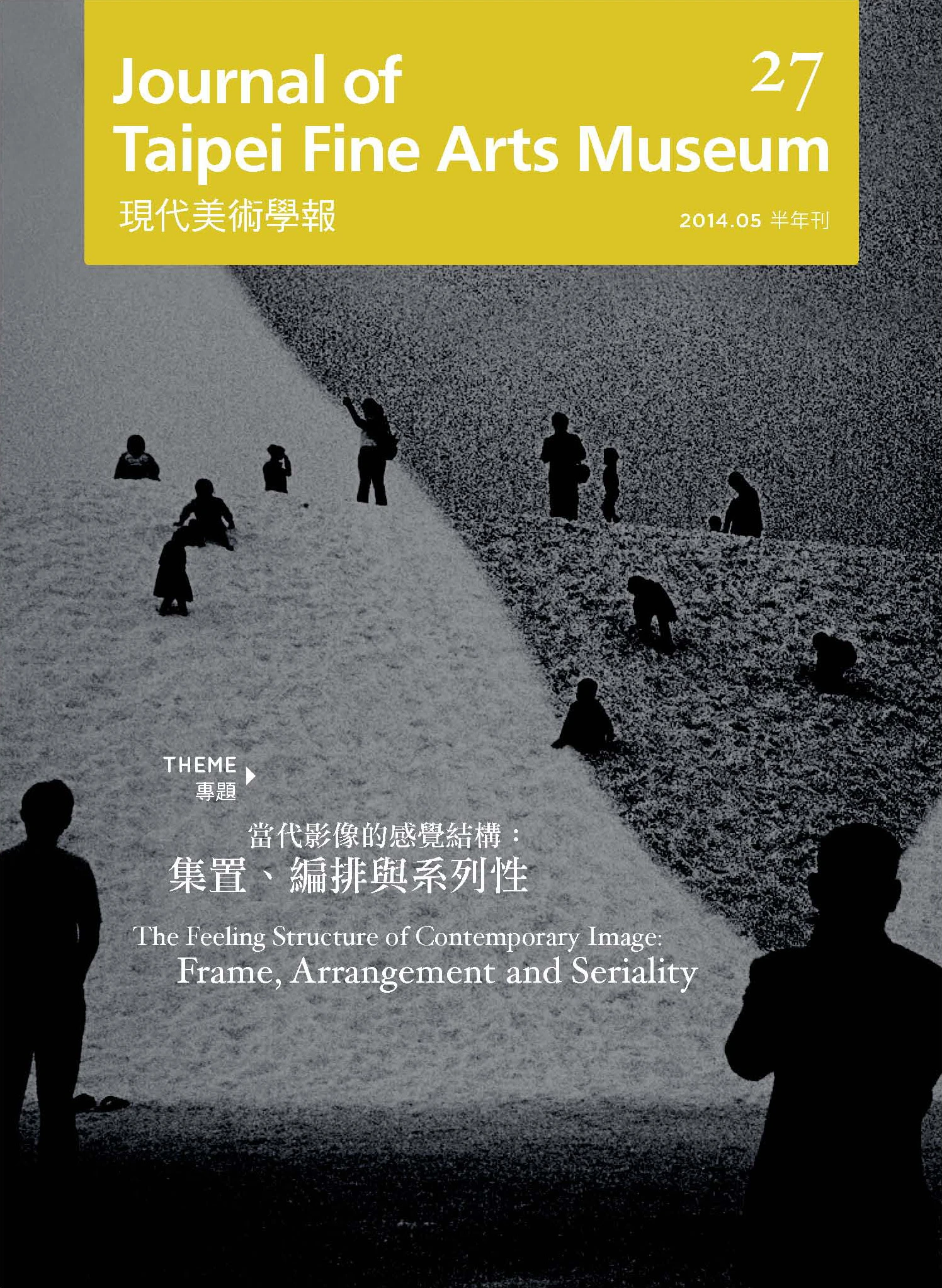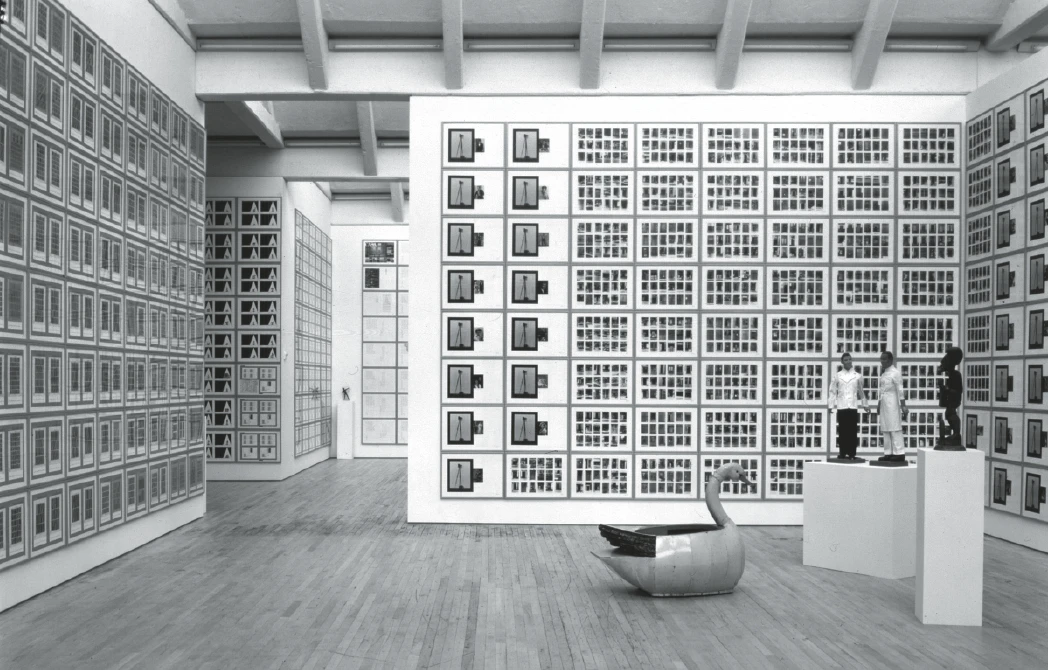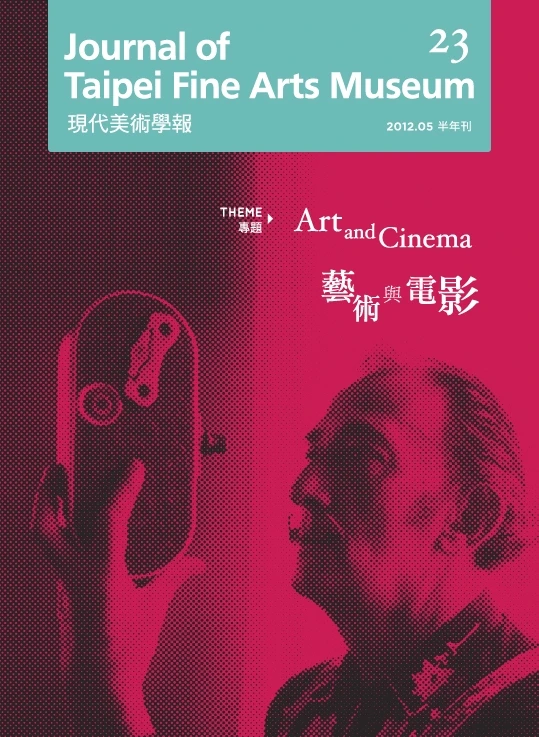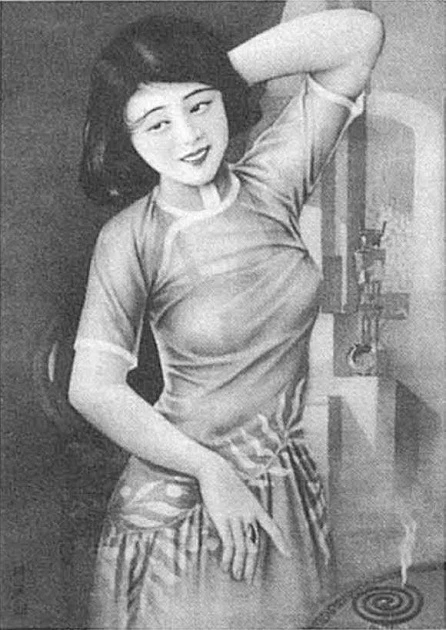摘要
近代日本美術從1872年「美術」這個概念、用語的形成開始。這分成兩方面:一方面對應於19世紀後半西洋興起的日本主義 (Japonisme)、日本品味風潮,試圖藉由日本美術的輸出達到富國的目的;另一方面,以繪畫、雕刻為上層的西方美術類型體系移植日本國內,則擔負了近代國家意識形態象徵的角色。在政策上,殖產興業承擔前者的任務,後者則由美術教育(當代美術)與古美術保護(朝向美術史發展)主事。其結果,在西方與日本形成了兩種各自不同的日本美術觀。但是到了1910年左右,因為日本主義風潮的平息,過去以對西方為中心的美術基礎政策,轉為以對國內、對東洋(戰後消亡)為主軸。
近代日本美術は、1872年の「美術」という概念・用語の成立から始まる。19世紀後半の西洋でのジャポニスム・日本趣味への対応、絵画・彫刻を上位とする西洋美術のジャンル体系の国內移植、という2つの局面は、前者は日本美術の輸出による富国、後者は近代国家イデオロギーの表象という役目をそれぞれ担った。政策的にも、前者を殖産興業、後者を美術教育(当代美術)・古美術保護(美術史へ)が分立的に担ったことが、結果的に、西洋・日本でそれぞれ異なる2つの日本美術観を生んだ。しかし1910年頃を境に西洋でのジャポニスムが終息したことで、対西洋中心の美術政策の基軸が、対国內、対東洋(戦後消滅)へと転回していったのだった。
關鍵詞
「美術」概念、美術制度、「美術」表現、「美術史」
Abstract
Japanese Modern Art began its formation in 1872 with the introduction of the concept and terminology for "fine art" into the Japanese language. This had two aspects: one aspect reacted to the appearance in the West of Japonisme and a trend for Japanese style, by which Japan attempted to increase the national wealth through the exports of fine arts; in its other aspect, the elevated Western art genres of painting and sculpture were transplanted into Japan and assumed the symbolic role of representing the ideology of a modern nation state. In policy terms, the former was taken up by the policy of shokusan kogyo (encouraging industry), while the latter was given over to art education (for contemporary art) and historical preservation (a move towards the development of "art history"). The result is that the West and Japan developed two different conceptions of Japanese aesthetics. However around 1910, with the rise of Japanese nationalism, earlier arts policies that centered on the West were refocused towards Japan and the Asia region (though these disappeared after World War II).
Keywords
The concept of fine art, Art institutions, Artistic expression, Art history

